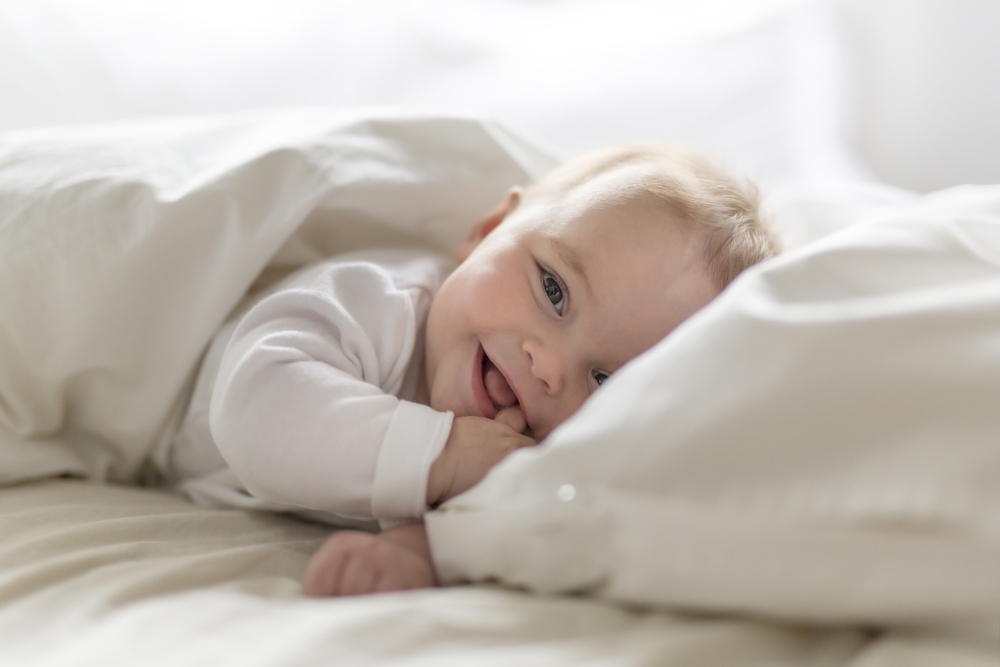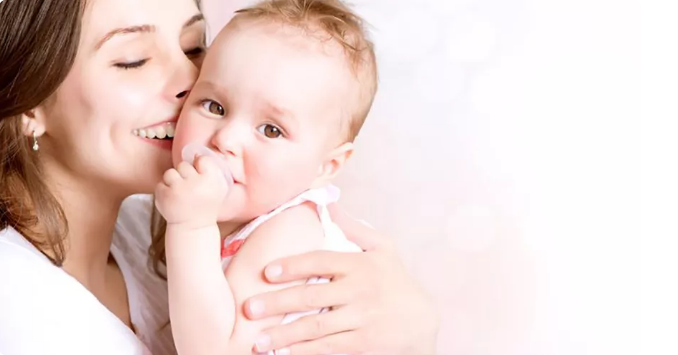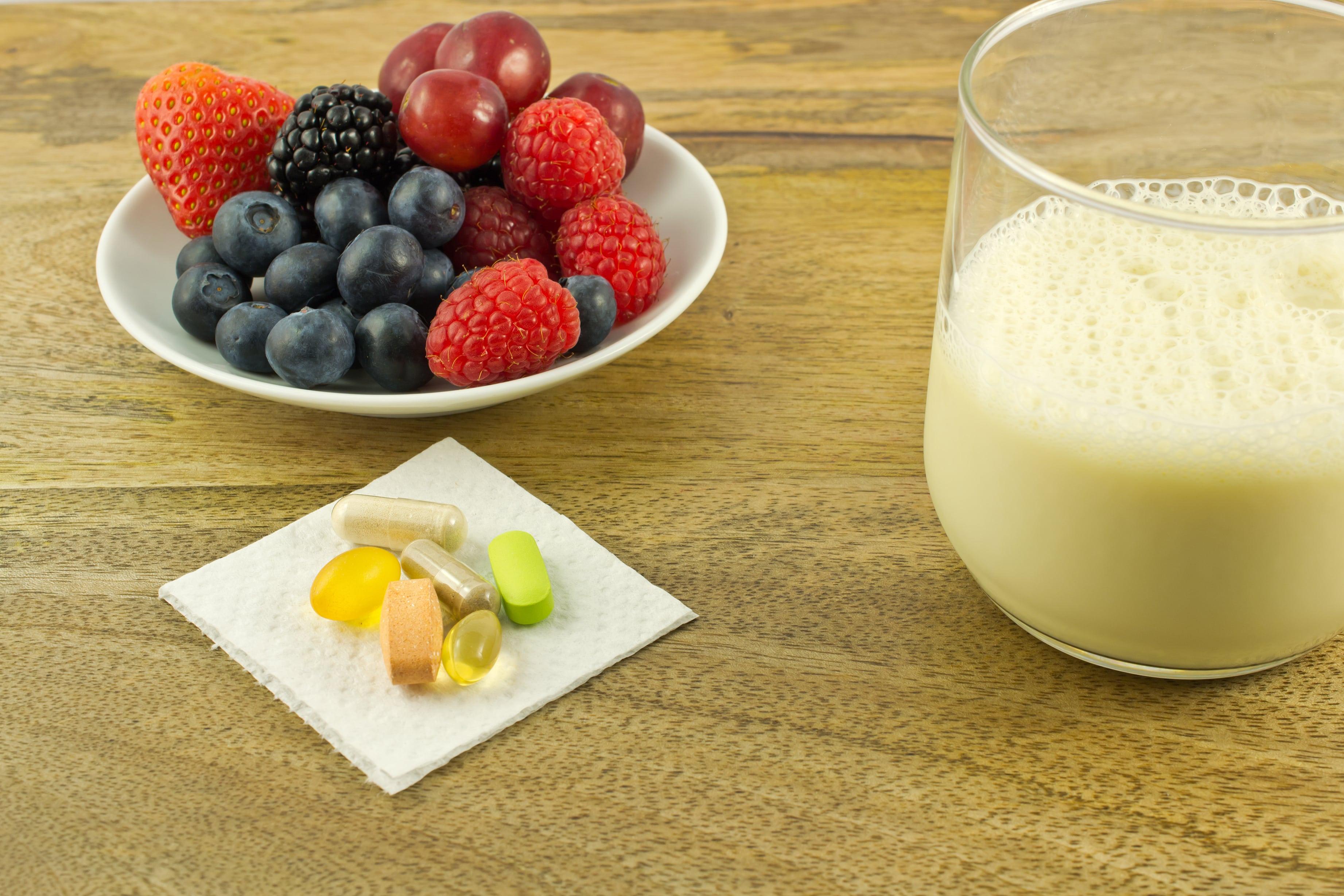
Novice mothers inevitably encounter all kinds of troubles in the process of taking care of their babies. Today, I’d like to introduce a teacher who has strong professional background knowledge and is also the mother of two children. It can be said that it is a combination of theory and practice.
She is the vegetable mother-teacher Li Liangli.
Babies sometimes have various phenomena, is it lack of what nutrition?
In fact, some phenomena are not directly related to nutrient deficiency. Let’s take a look today.
Q1: Cai Ma, there are often barbs around the baby’s fingernails. Is there a shortage of what?
Many babies have barbs around their fingernails, which will cause great pain if they are torn off accidentally.
Barbs around nails are actually a skin symptom, and the main reason for barbs is dry skin.
For example, the climate is dry in autumn and winter, and after washing hands, moisturizing skin care products are not applied in time. Often go out to be exposed to the strong wind and the sun. Over time, dry skin will become manic and barbed…
Of course, the lack of some vitamins may also aggravate the symptoms of barbs, but generally it is not the main reason (because there is a real lack of vitamins, there will be other more serious conditions).
How to prevent barbs?
Seasons alternate to ensure milk quantity and moderate drinking water.
Eat green leafy vegetables and fruits every day;
Apply moisturizing products after washing hands, and use hand cream containing vitamin E, especially after using hand sanitizer.
Try not to let the baby chew his fingers. The newly chewed fingers are wet, which is equivalent to soaking in water all the time. It is easy to cause dryness and barbs.
What if there are already barbs?
Once barbs have been generated, the correct approach is:
Soak in warm water for about 5 minutes, cut off the tilted dandruff with scissors even at the root after softening, and then apply a thick layer of moisturizing cream after washing hands. If the baby does not cooperate, apply it after they fall asleep.
After moisturizing all night, the barbs will ease or subside the next day.
Never let the baby tear the inverted thorn with his mouth or hands. During the tear, the skin will easily be torn, resulting in increased pain and skin infection.

Q2: Cai Ma, the child’s hair is thin and yellow. Is it short of what?
Many mothers have asked me such questions.
In fact, the baby’s hair is thin and yellow, which is a normal phenomenon and is not a lack of what nutrients.
For newborn babies, hair color, hardness and density are mainly affected by congenital genetic factors.
When you grow up, you may be affected by living habits, environmental factors and diet factors and change.
Fetal hair is only a transitional form of hair, and thin yellow fetal hair does not mean that hair will be the same when it grows up.
Fetal hair usually falls and grows several times with the growth of the baby. When the hair follicles of the baby’s scalp are fully developed, fetal hair will become the final hair.
The baby eats well, sleeps well, and has a good growth and development curve, so there is no need to worry about this and that!
Q3: Cai Ma, the two sides of the child’s ribs are obviously prominent. Is it calcium deficiency?
Although popular science has been popularized countless times, mothers often ask backstage: Is the child calcium deficient due to everted ribs and bald pillows?
No! Moreover, the following 10 symptoms have nothing to do with calcium deficiency:
- Be short; Sweat more: children are naturally more afraid of heat than you; Late tooth emergence and slow tooth growth: natural law; Late closure of fontanelle: absence of VD will delay closure; Walking late and unsteadily: big sports will follow suit, and wearing more and holding more will affect them. Pillow baldness: more friction, physiological hair loss cycle; Night terror and night awakening: there are many factors that affect sleep; Rib eversion: normal phenomenon, more obvious if thin; Bone mineral density detection of calcium deficiency: only auxiliary, no reference value for children; Trace Element Detection for Calcium Deficiency: No Reference Value for what;
So what do you think of the shortage?
Look at the food!

Milk is the main method within 1 year old, and 600 ~ 800 ml of milk is guaranteed every day after supplementary food is added.
Eat well after the age of 1. The main sources of calcium include not only milk and dairy products, but also green leafy vegetables and beans.
Under the condition of balanced diet, sufficient calcium can be obtained from food without additional supplement.
For infants, as long as the milk is sufficient, what really needs to be supplemented is vitamin D, which can promote calcium and phosphorus absorption.
Healthy full-term babies need to supplement 400 IU of vitamin D every day from two weeks after birth, which can be supplemented to puberty or even adults as appropriate.
